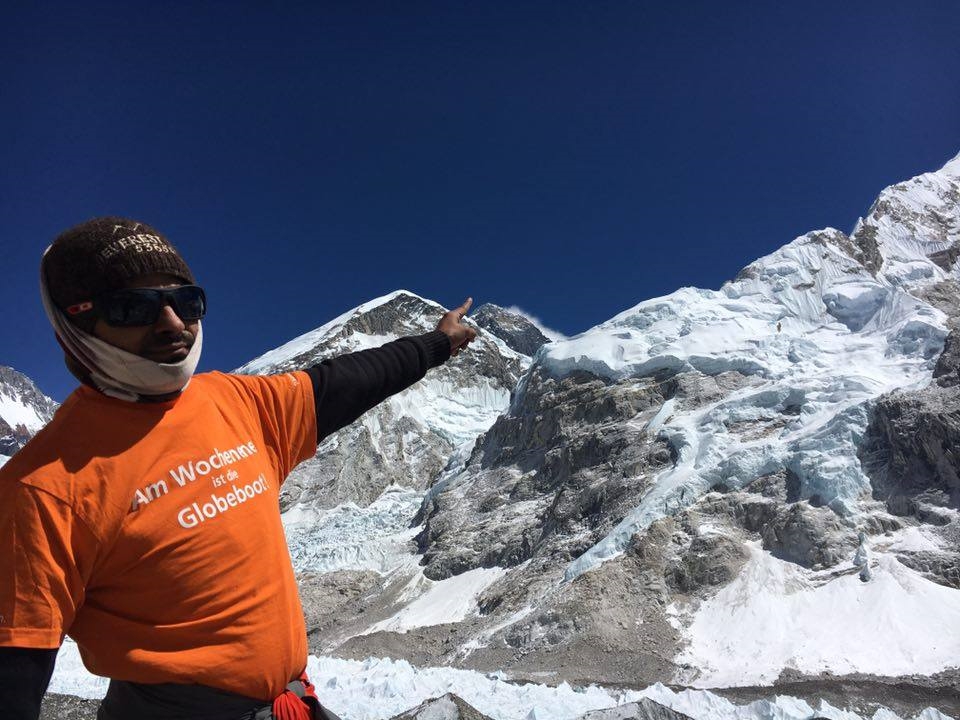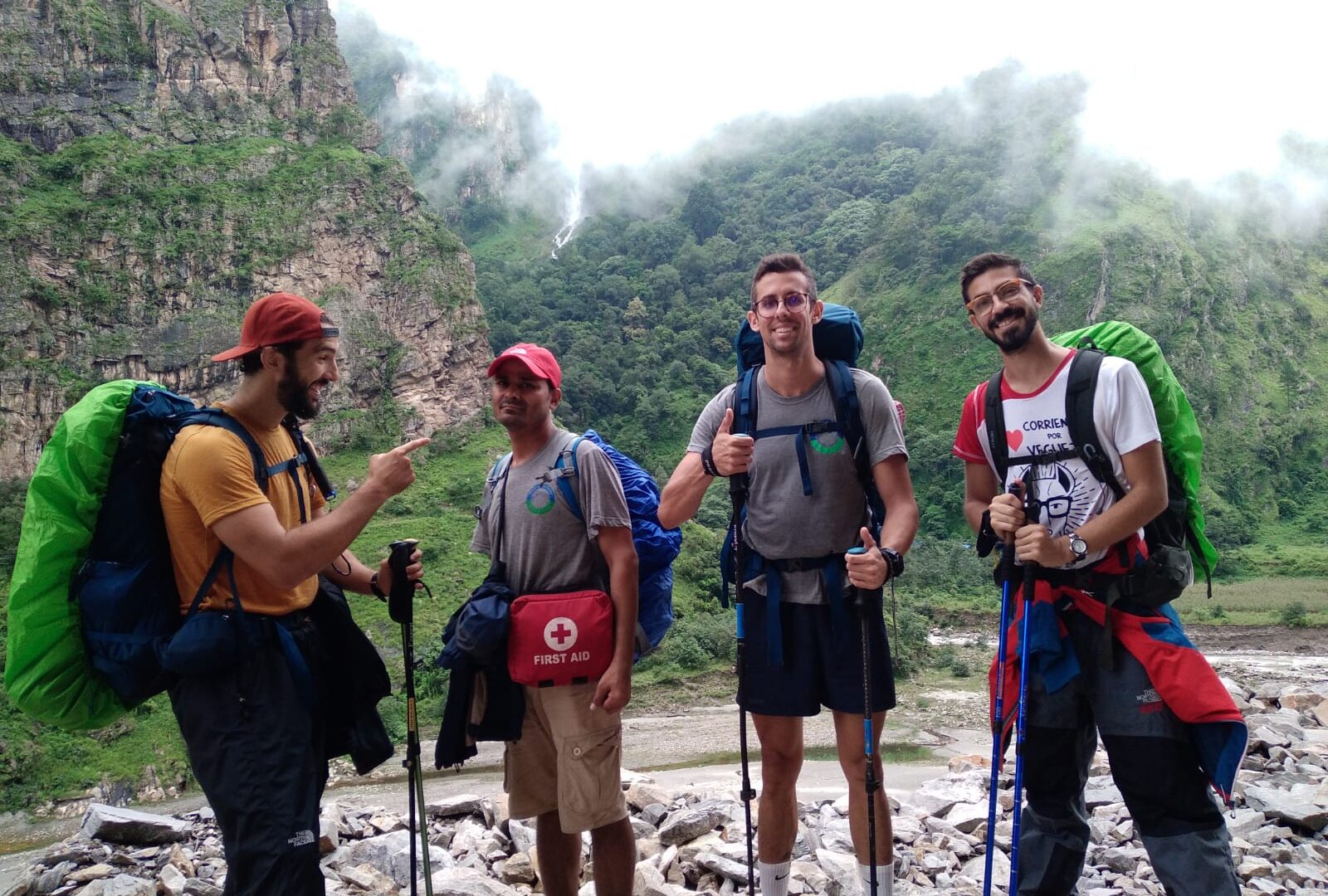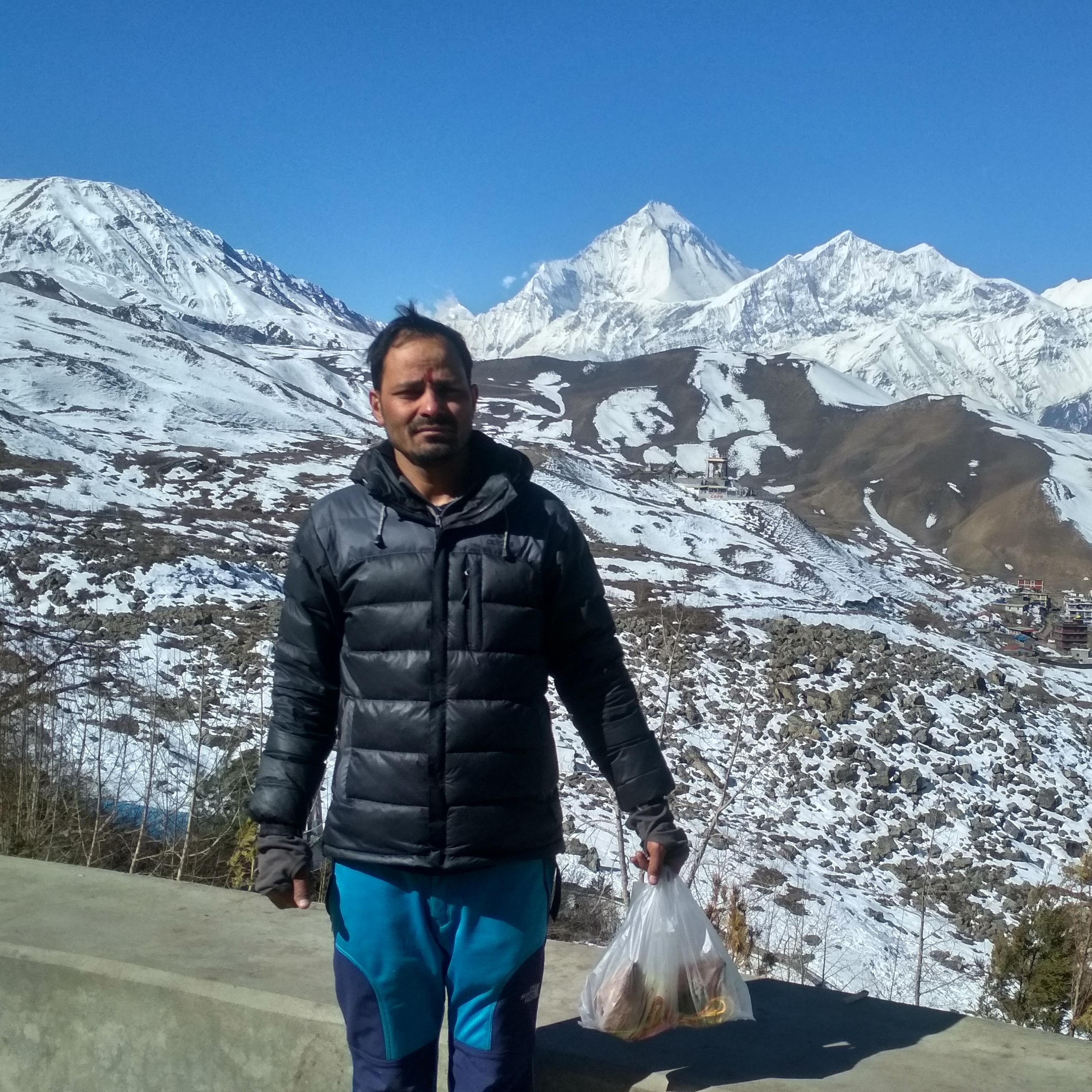Lower Manaslu Trek
Lower Manaslu Trek Highlights
- Breathtaking vistas of the surrounding Himalayan peaks and Mount Manaslu.
- Discover the distinctive customs, way of life, and culture of the Tamang and Gurung people.
- Discover the area's isolated villages and rich cultural legacy.
- Walks on rough terrain and passes through gorgeous scenery, verdant forests, and charming villages.
- Traversing the 5,160-meter-high Larkya La Pass.
- The varied vegetation and fauna of the Manaslu Conservation Area are well-known.
- Take in the abundant wildlife, rhododendron, oak, and pine forests, as well as a variety of bird species.
- This off-the-beaten-path trekking destination is remote and less crowded.
- Take in the local cuisine, be treated with friendly hospitality, and watch traditional dances and ceremonies.
Lower Manaslu trek offers a more tranquil and less crowded experience amidst the Himalayas which lies in the Gorkha district of western Nepal. It takes its name from one of the world’s eight highest mountains, Mount Manaslu (8163 m). It provides breathtaking views of numerous peaks, including Manaslu, Himalchuli, and Ganesh Himal. The trail passes through isolated traditional villages, terraced fields, thick forests of oak, pine, and rhododendron trees, as well as the region’s rich cultural heritage. The Gurung, Magar, and Tamang ethnic groups that call the area home will also give you the chance to experience their customs and way of life.
The Lower Manaslu trek is regarded as a moderate hike with some rolling hills and valleys. For those who are short on time or prefer a less taxing trek and are looking for a less crowded, culturally diverse experience as well as a chance to take in the breathtaking scenery of the Manaslu region, this is an excellent trip.
Permits for Lower Manaslu Trek
- Manaslu Conservation Area Permit (MCAP).
- Annapurna Conservation Area Permit (ACAP).
Best time for trekking
The best seasons to hike Lower Manaslu are in the spring and autumn. These months have clear skies, steady weather, and excellent mountain visibility. It’s a wonderful time of year to take in the breathtaking views of the mountains and the brilliant colors of nature.
Guides and porters
Hiring a certified guide for the Lower Manaslu trek is strongly advised. You can therefore join us for a very knowledgeable, helpful, amiable, and licensed English-speaking guide with guide insurance. They help you tremendously, carry your stuff, impart local wisdom, and let you enjoy the walk to the fullest.
Altitude sickness
You might experience symptoms like nausea, headaches, dyspepsia, elevated heart rate, and uneasiness when rapidly ascending. Additionally, if the symptoms last longer than expected, your body may not have been able to withstand the altitude change. Thus, kindly inform your group and your guide if you experience any of these symptoms. You will receive first aid right away from your guide.
Here are some tips to reduce your risk of altitude sickness:
- Stop and rest where you are.
- Do not go any higher for at least 24 to 48 hours.
- Make sure you are drinking enough water.
- Do not smoke, drink alcohol, or exercise.
Foods and Lodging
Teahouses along the trek typically offer simple rooms with shared bathrooms and a bed. There are blankets, bed linens, pillows, and mattresses on the beds. For a small additional fee, hot water is available. Nowadays, most hotels have geysers; if not, you’ll get a bucket of warm water.
Tea shops and lodges serve a wide variety of tasty food to cater to different types of hikers. Since all of the food will be prepared by a local chef using vegetables from the area, it will have a very distinctive flavor. Nonetheless, cuisine from Nepali, Indian, Italian, Tibetan, and continental teahouses is available.
Travel Insurance
Purchasing travel insurance prior to embarking on a Lower Manaslu trek is highly advised. Verify if your insurance includes coverage for hiking at high altitudes, medical costs, helicopter emergency evacuation, trip cancellation, and loss or theft of personal belongings. In the case of an unplanned accident, it can provide you with financial security and peace of mind.
Lower Manaslu Trek Itinerary
Arrival at Kathmandu and Transfer to Hotel
Sightseeing at Kathmandu
Drive from Kathmandu to Ghairung
Trek to Gorkha Bazzar via Bungkot, Kaule Bhangar
Excursion Tour in Gorkha Palace
Trek from Gorkha Bazzar to Sirandada
Trek from Sirandada to Barprak Village
Trek from Barprak to Larprak
Trek from Laprak to Nambai Kharka
Trek from Nambai Kharka to Darche Danda
Trek from Darche Danda to Gyampesal via Sita Cave
Drive from Gyampesal to Kathmandu (6 hr drive)
Departure at Tribhuvan International Airport
Lower Manaslu Trek Inclusions
What's included
- Airport picks up and drops by private vehicle
- 3-night hotel in Kathmandu with twin/double sharing deluxe accommodation
- One day full Kathmandu sightseeing by private vehicle
- kathmandu to Ghairung and Gyampesal to Kathmandu by local Bus
- Helpful trekking guide and porters salary/accommodation/ insurance
- All the accommodation with three meals during trekking period (Breakfast, Lunch & Dinner) including tea coffee
- TIMS card (Trekkers Information Management System) fees
- Manaslu Conservation Area entry fees
- All the government taxes and company service charge
- Medical support kit box
- Farewell dinner, Nepali culture cuisine
Add-ons
What's not included
- International airfare and visa fees
- Lunch and dinner in Kathmandu
- Personal expenses of bar and beverage bills, WiFi, hot shower, bottle of water, extra porters, laundry or any other things which are not mentioned by the company
- Your trekking gears and extra nights in a certain destination
- Your travel insurance which should include the emergency rescue
- Tips for your guide and porters
- Entrance fees during the sightseeing
- Extra expenses due to any event such as strikes, weather conditions, or flight delays
Lower Manaslu Trek FAQs
How difficult is Manaslu Trek?
The Manalu Trek has a high difficulty rating. This hike is difficult, and it is not advised for inexperienced hikers. There are many ups and downs, as well as river crossings. You'll have to pass ragged cliff faces and climb steep hilly slopes. Crossing the 5165-meter-high Larkya La mountain pass is the most challenging part of the trip. To get over the pass, you will have to hike on snow and climb a challenging trail. Low oxygen levels and freezing temperatures make the crossing even more challenging.
How much does Manaslu Trek cost?
Depending on the outfitter, the Manaslu Trek can cost different amounts. The cost of the trek will vary depending on the agency you choose, the services you are willing to pay for, and how much you want to spend on trial amenities (e.g., hot showers, Wi-Fi, food, and drinks). If you decide to pay for your own meals and lodging and only use the guide and porterage services, the agency will charge you less. If the cost of your vacation includes transportation, meals, and lodging in addition to guide and porter services, you will have to shell out a substantial sum. Allowing the outfitter to take care of all the logistical details will guarantee a hassle-free trek.
Do you need a guide for the Manaslu Trek?
Yes, trekking with a local guide is mandatory on the Manaslu Circuit. Since Manaslu Region is a protected zone, solo or independent entry by outsiders is prohibited. There should be a minimum of two people in a trekking group.




